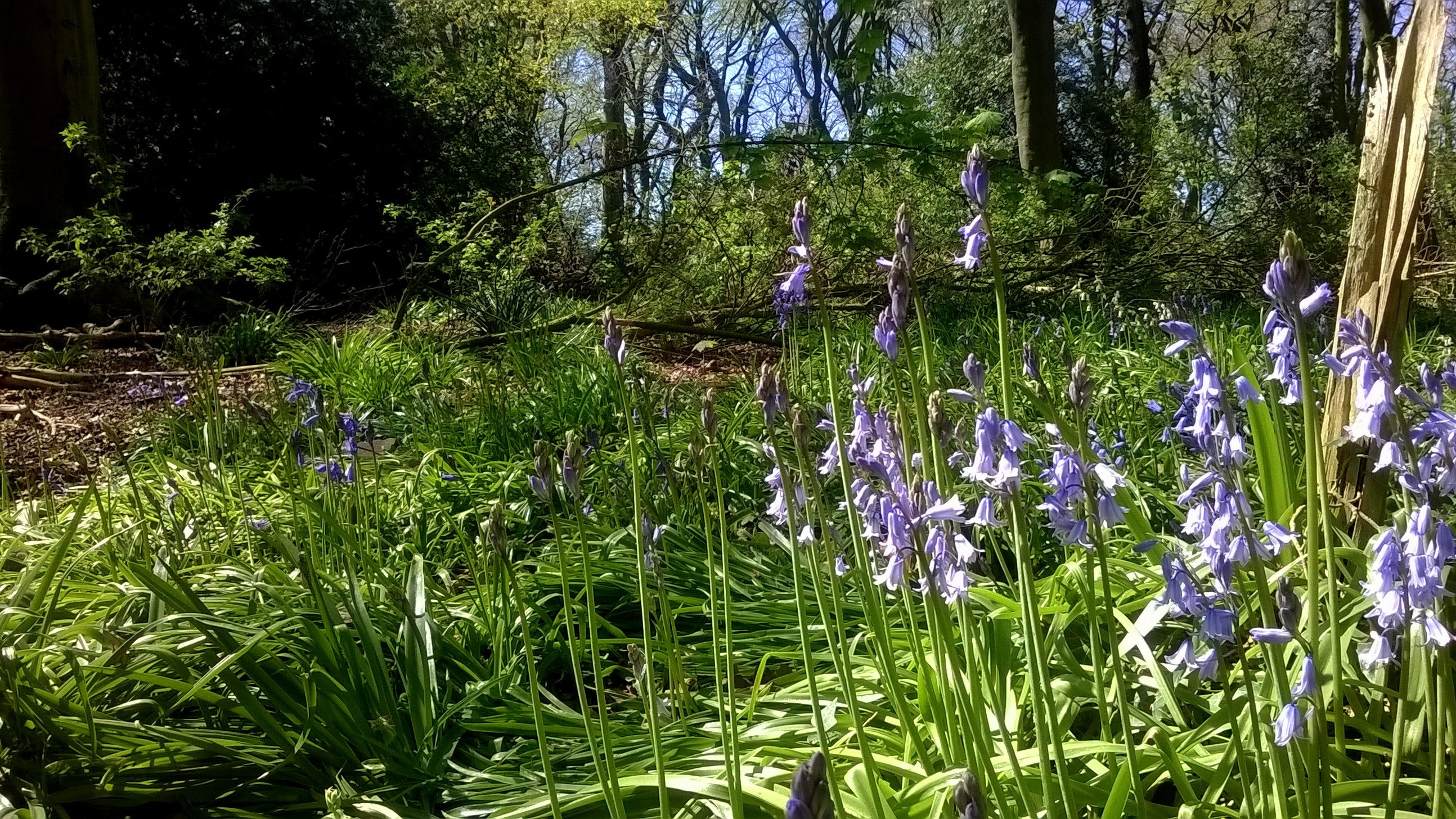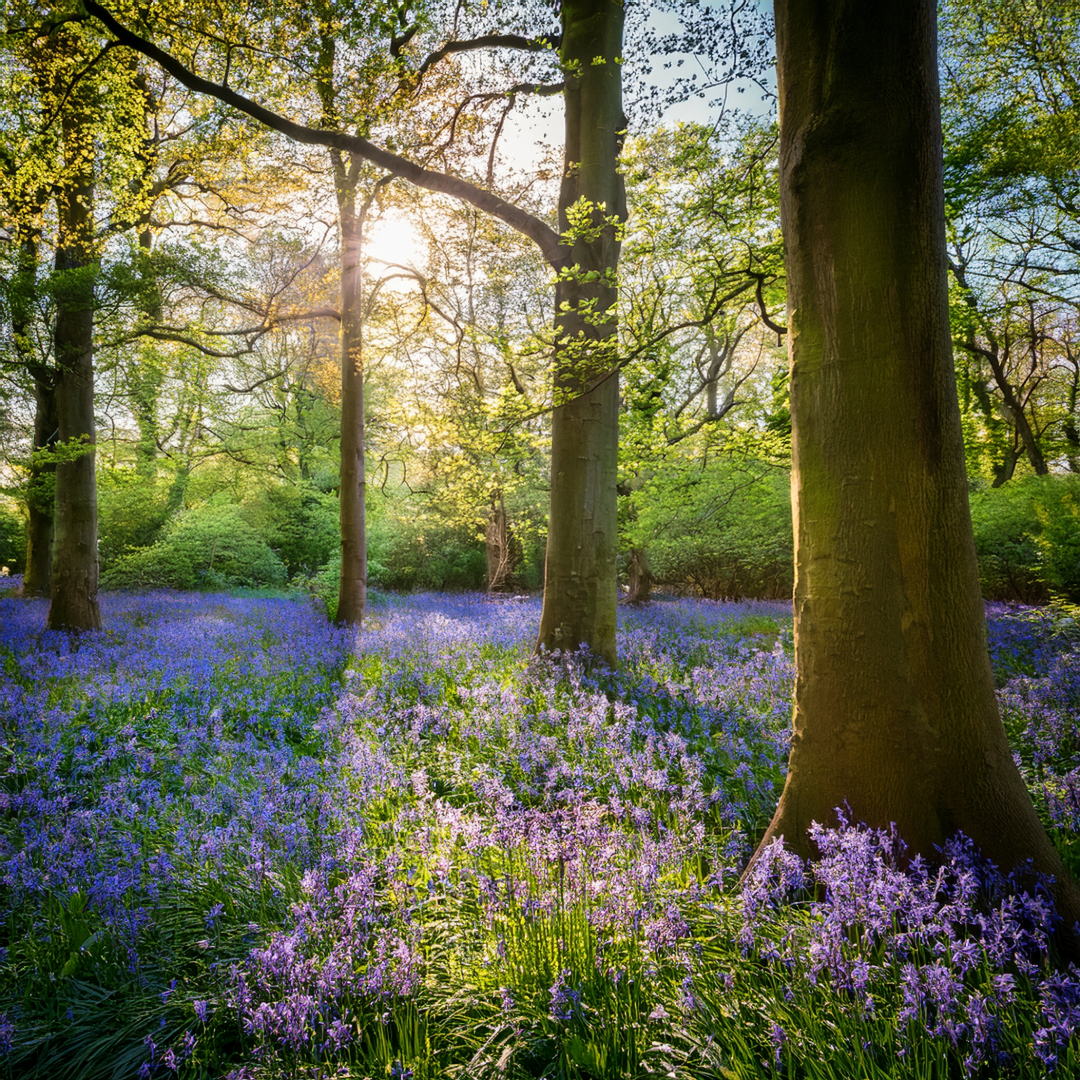
Return on 12 May to explore London’s wildflower wonders—before the canopy closes and another spring slips away.
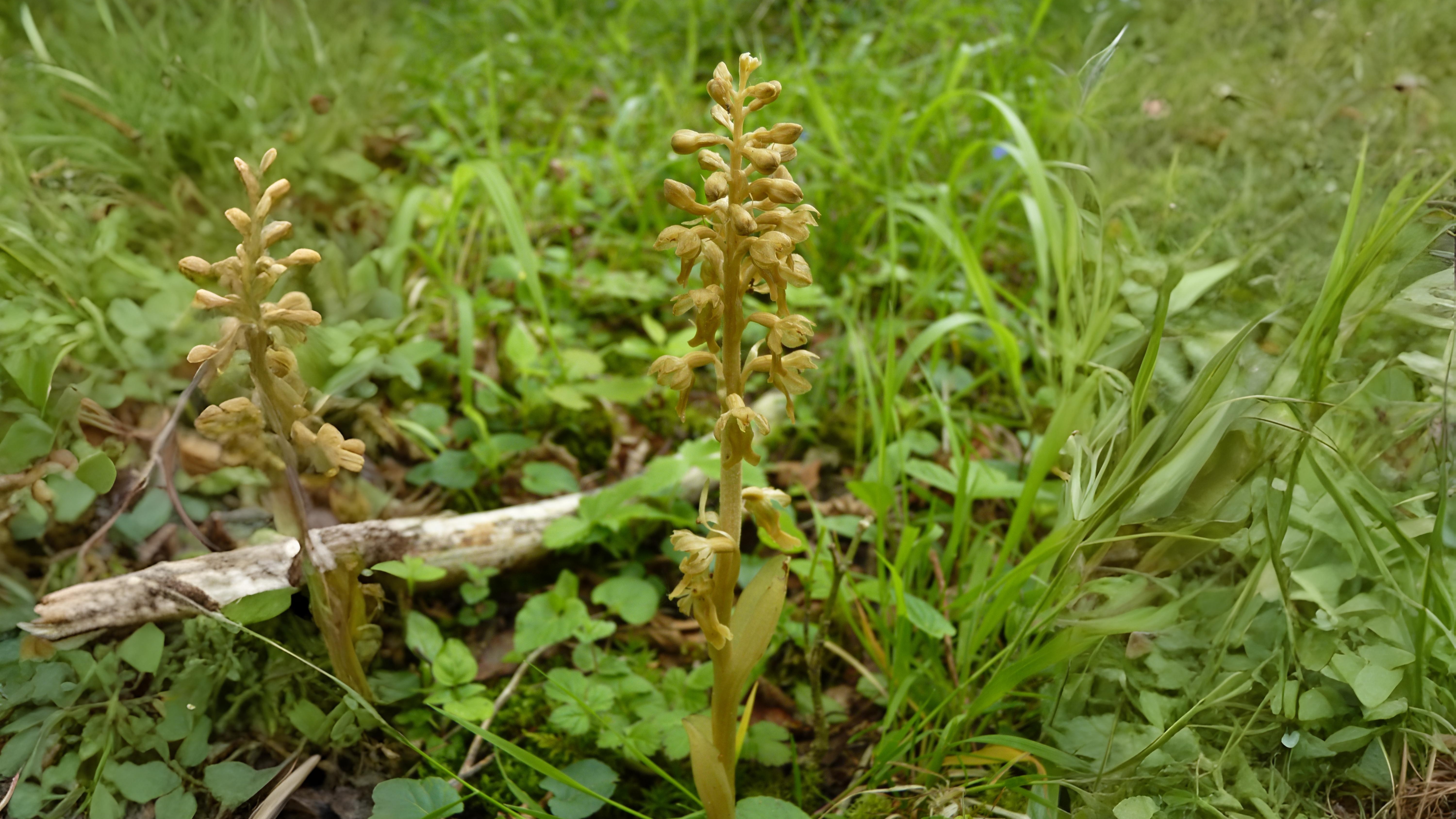

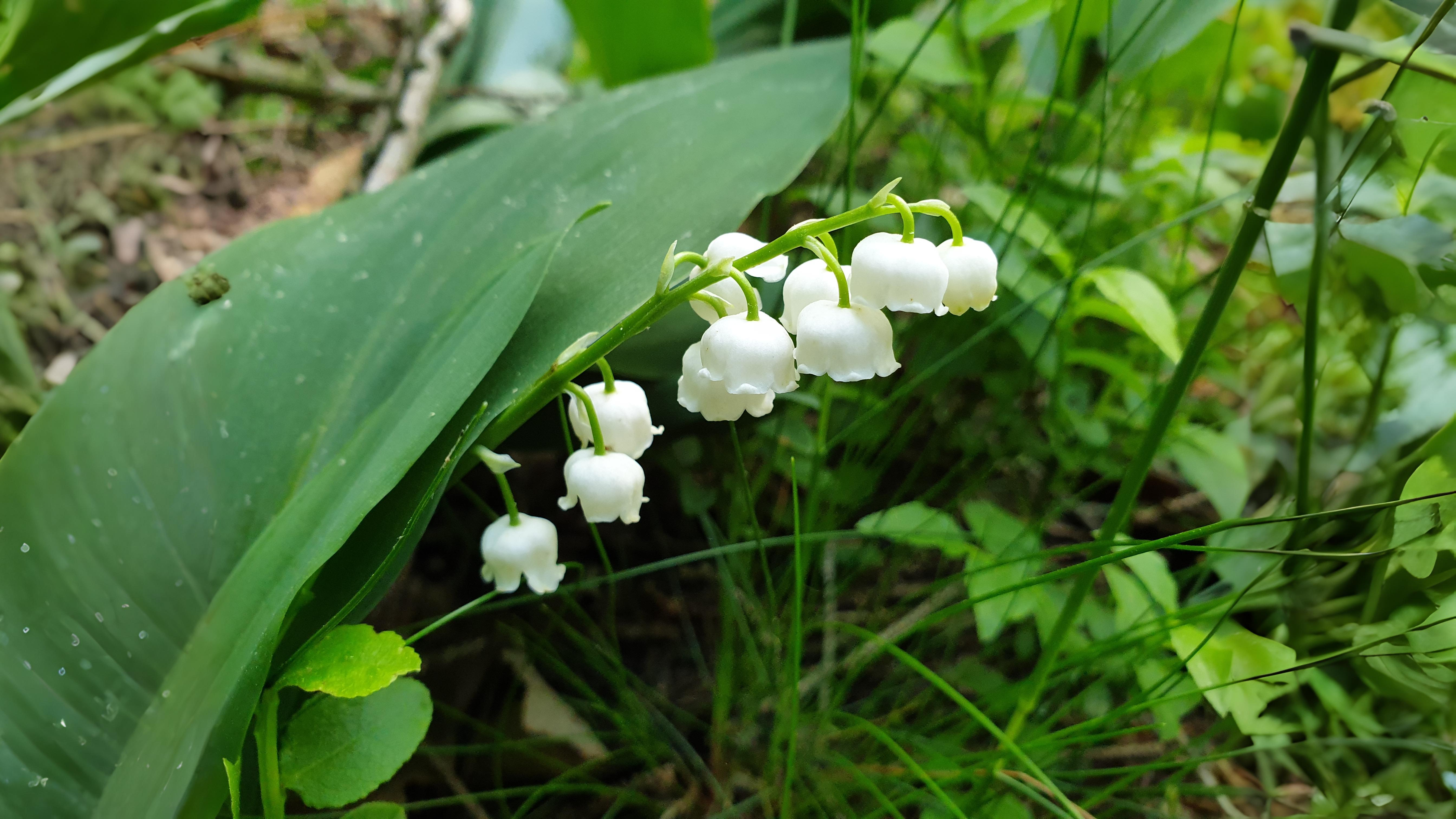

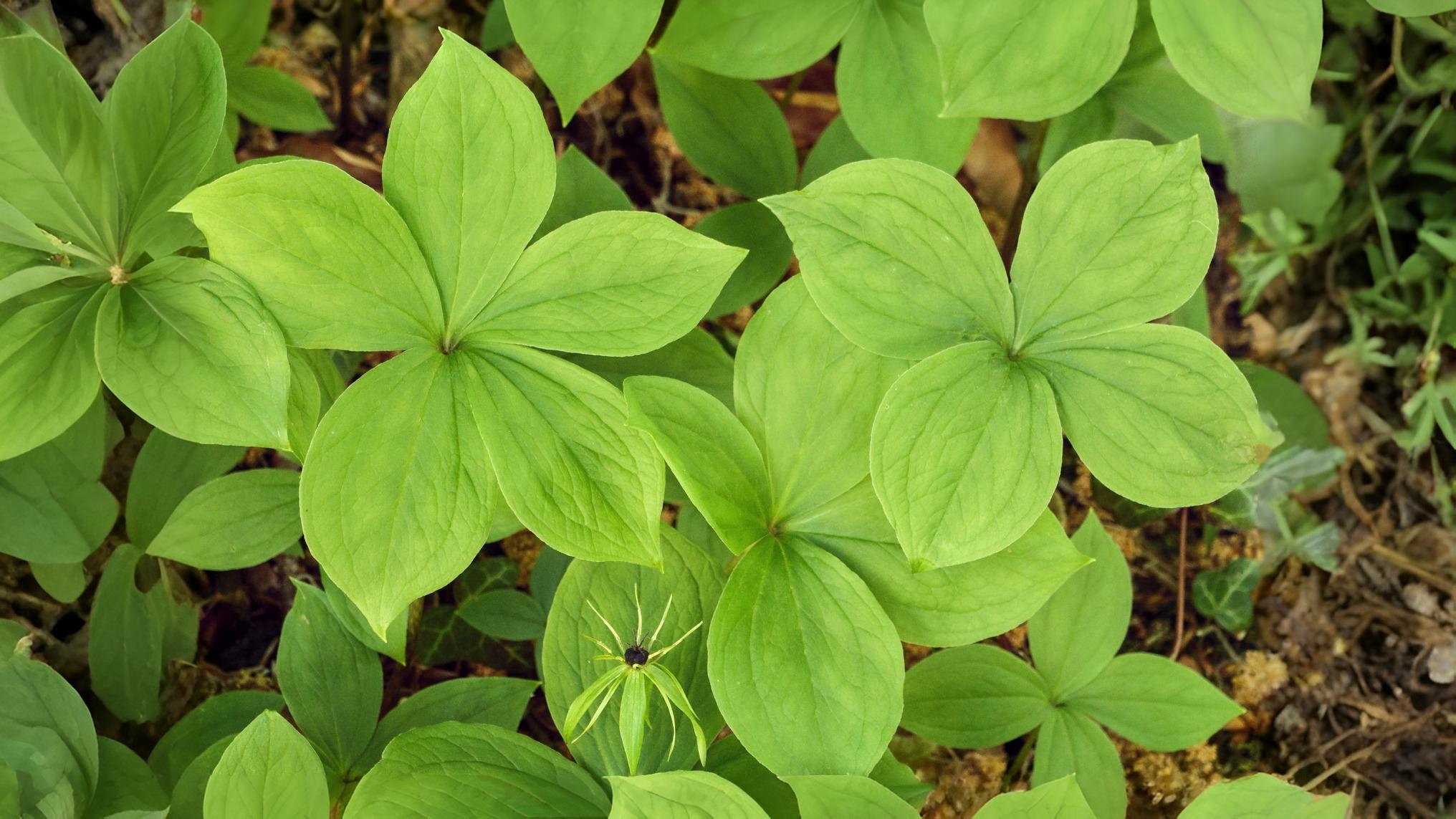

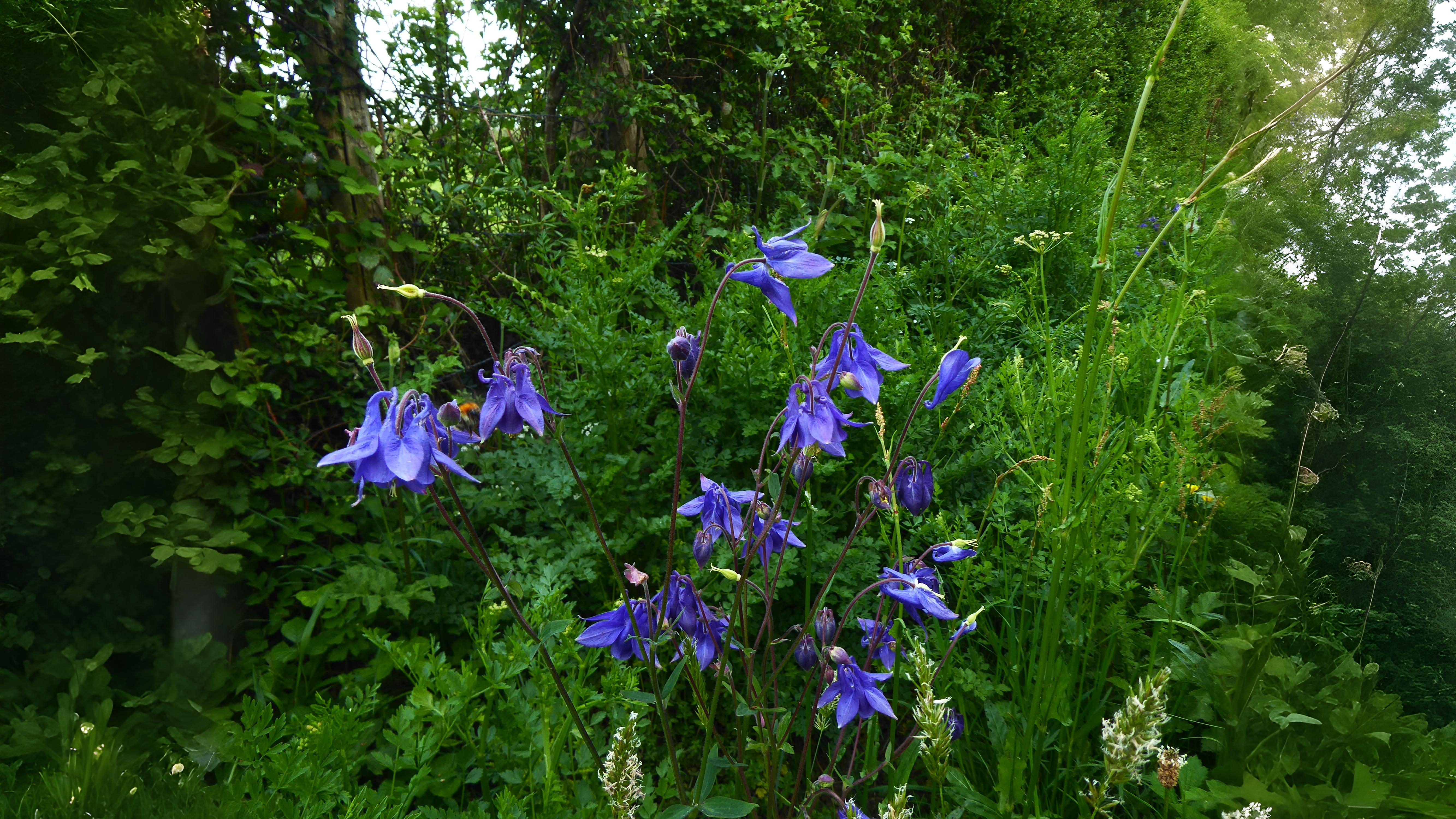

Both Hyacinthus and Endymion were beautiful youths. Apollo, the sun god, was infatuated with Hyacinthus and the moon god Silene equally so with Endymion. Zephyr, the god of the wind, was so jealous he blew Apollo’s discus so that it struck and killed Hyacinthus. The youth’s blood as it fell then created, we are led to believe, the first bluebells. Its specific name non-scriptus merely refers to the fact that it was unknown to the ancients, because of its narrow world distribution and therefore they never wrote about it. The flowers have a rich, memorable, spicy, cinnamon, slightly balsam scent which is best enjoyed in woods where the flowers are massed. Single flowers seem to emit very little scent.
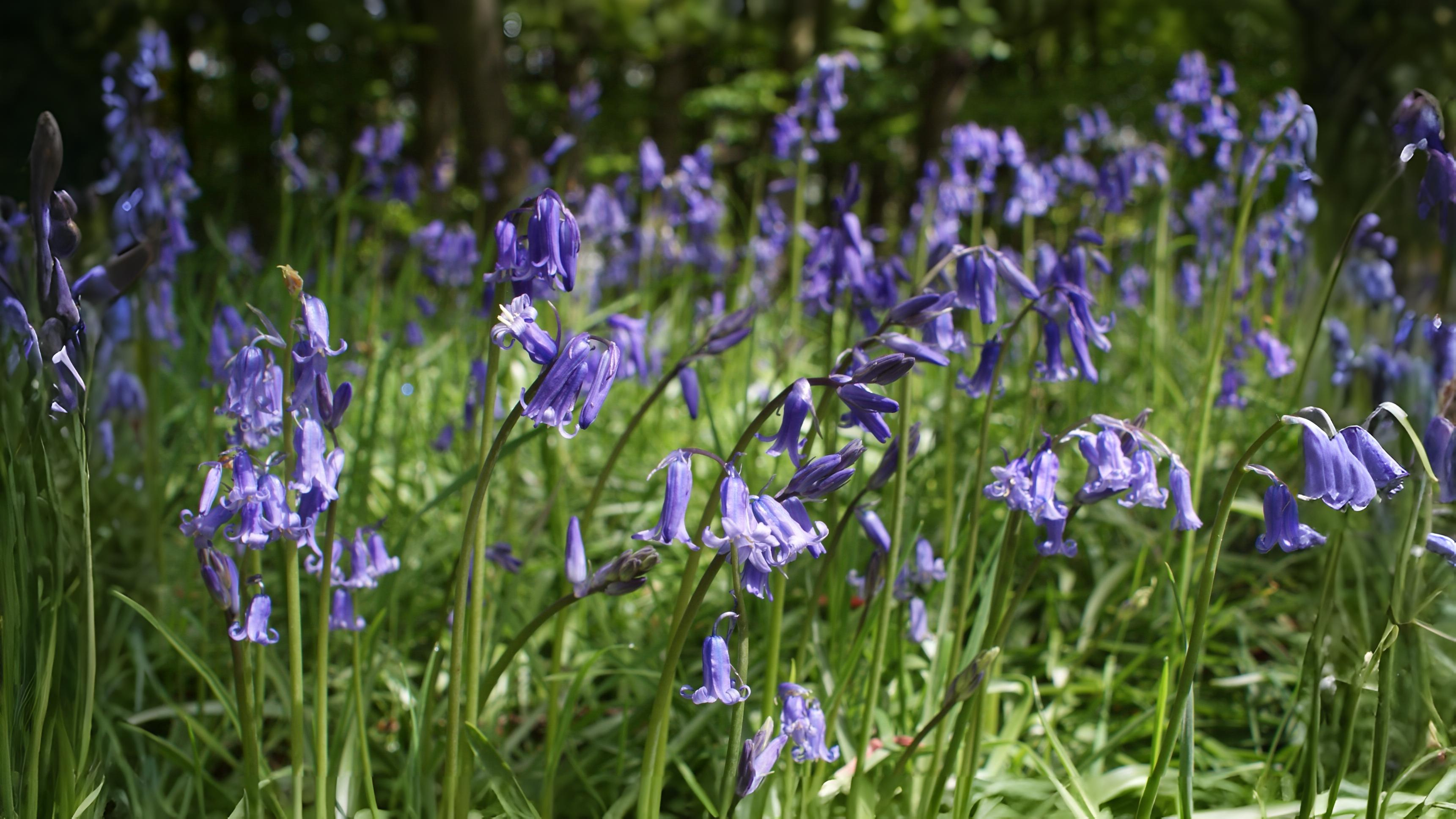

Fortunately, there are still many untouched ‘heavenly blue’ woods around London e.g. Oxhey and Old Park Wood in north London and Kings Wood and Old Simm’s Copse in the south. Unusually, the best times to visit these woods are on overcast days or even just after rain.
